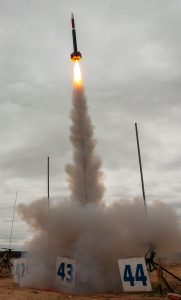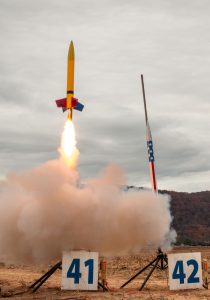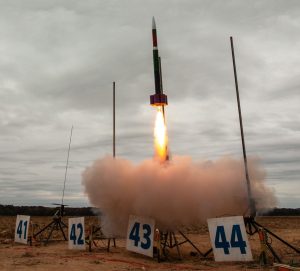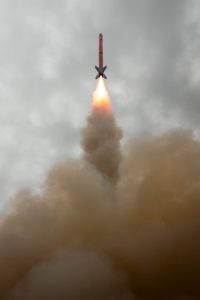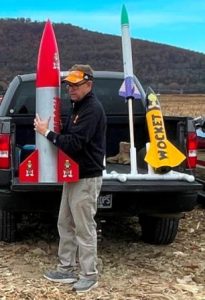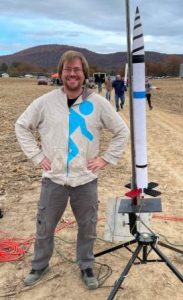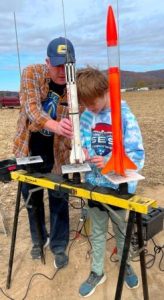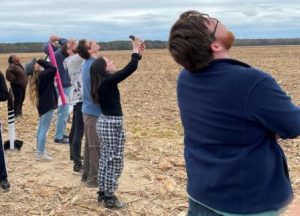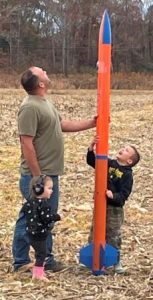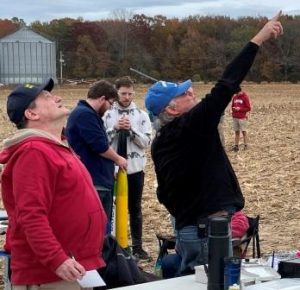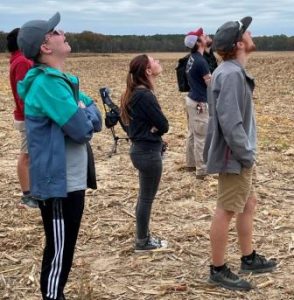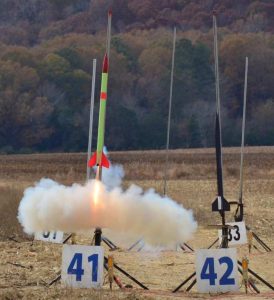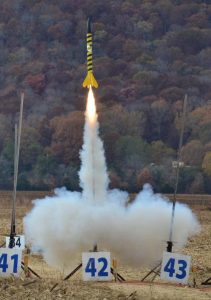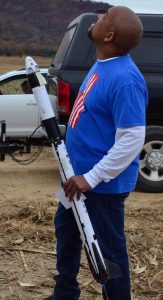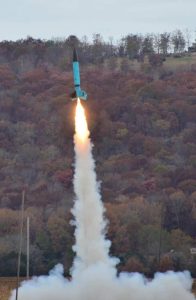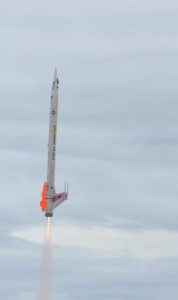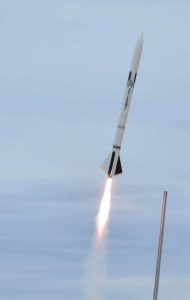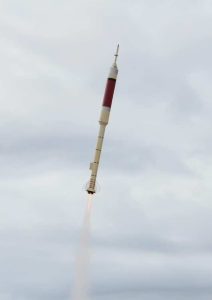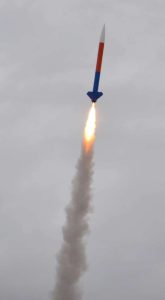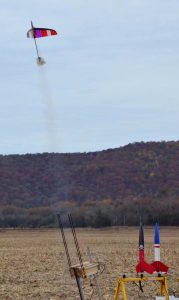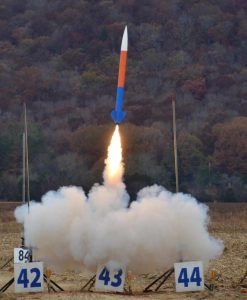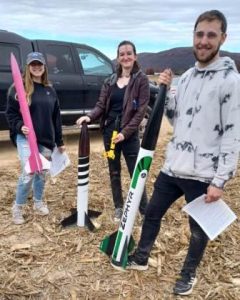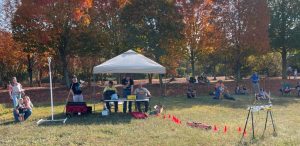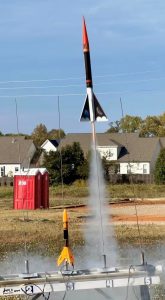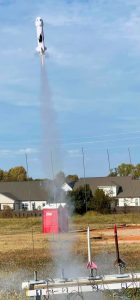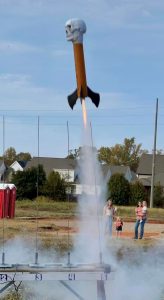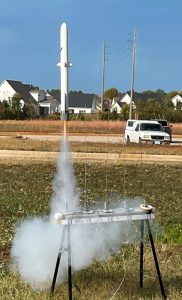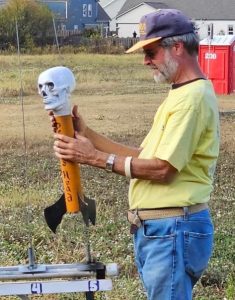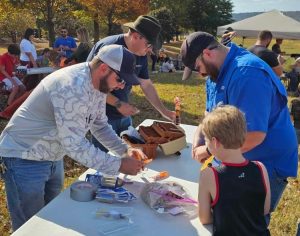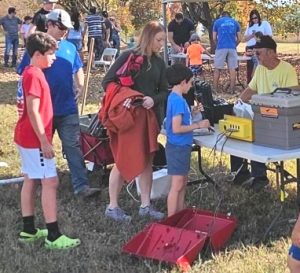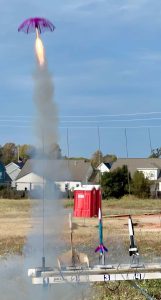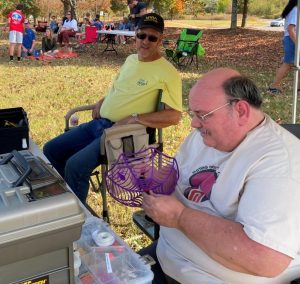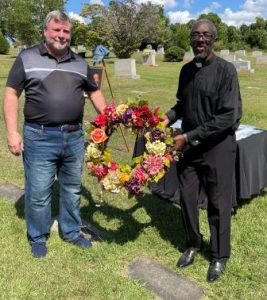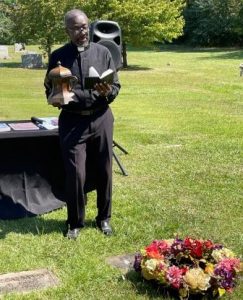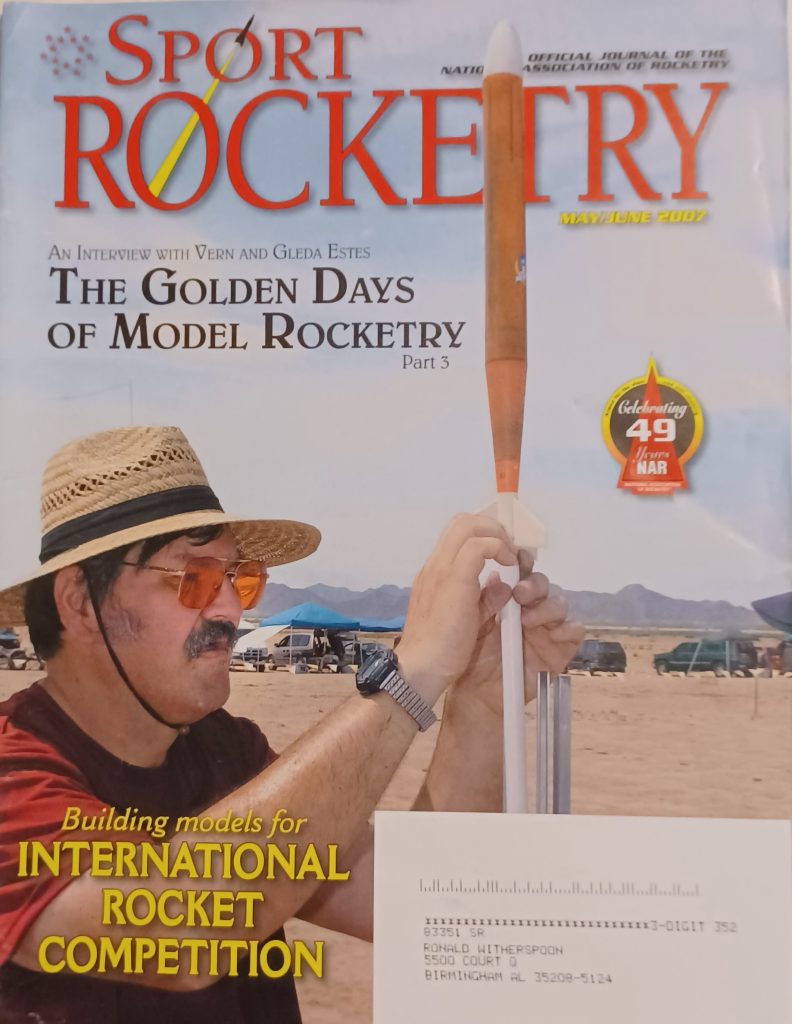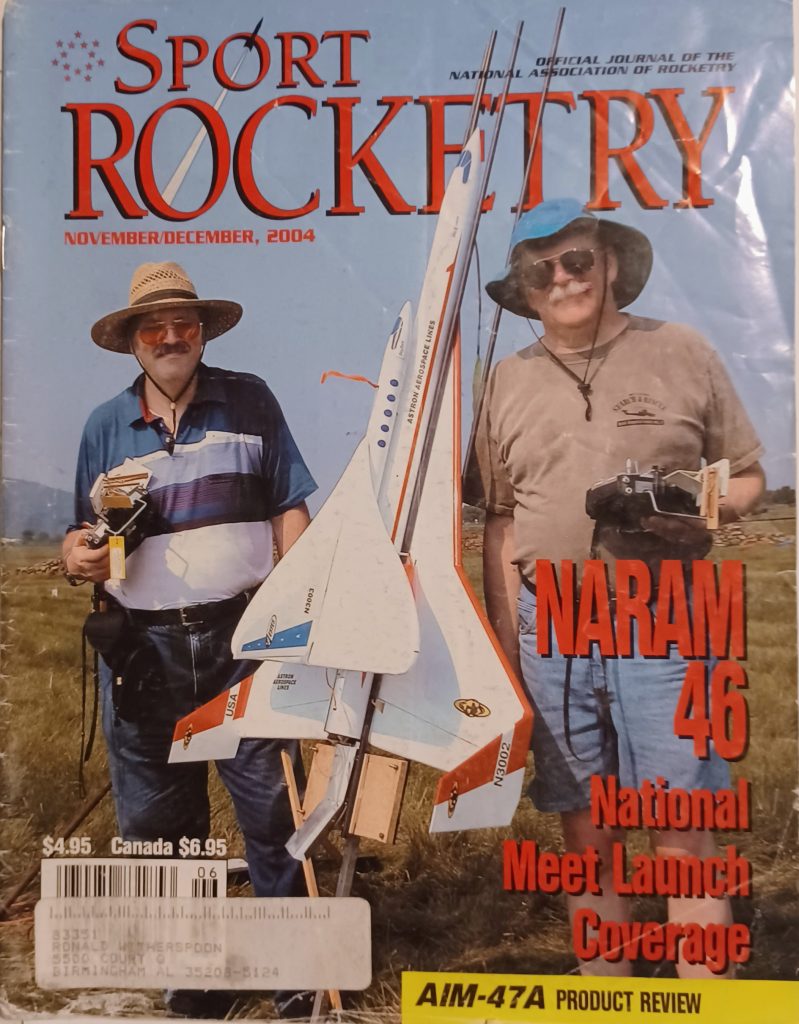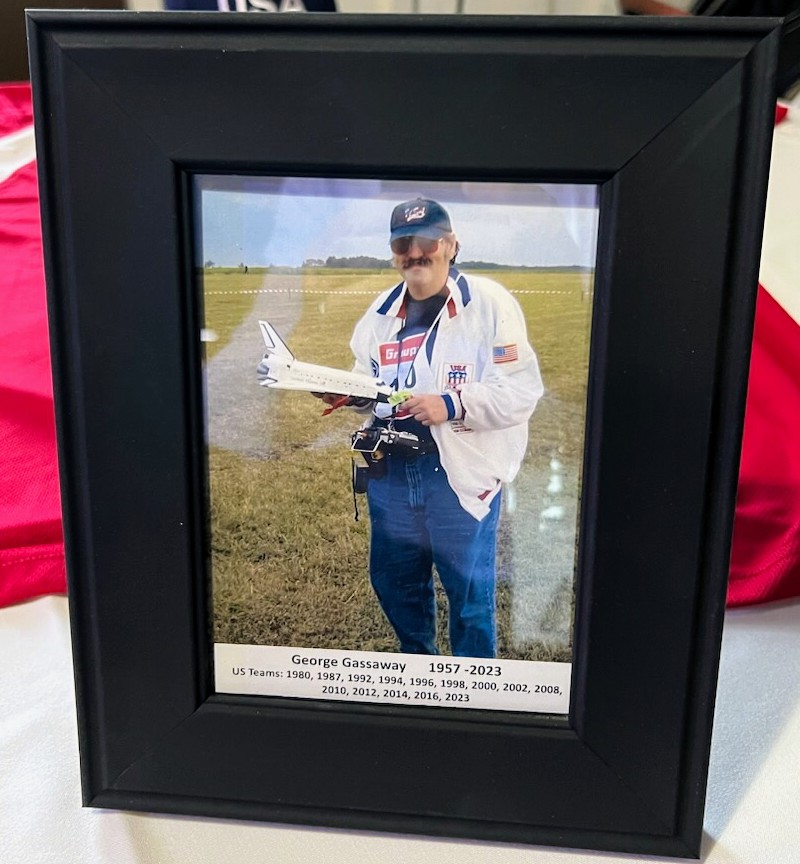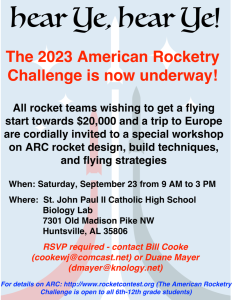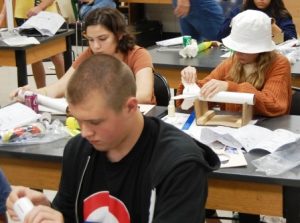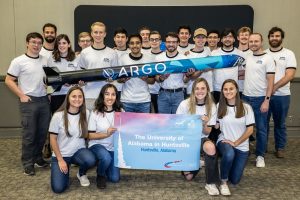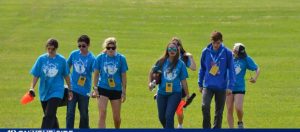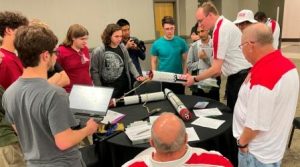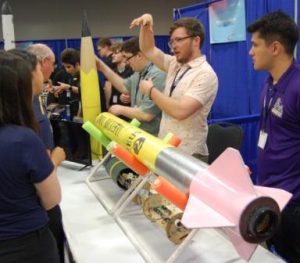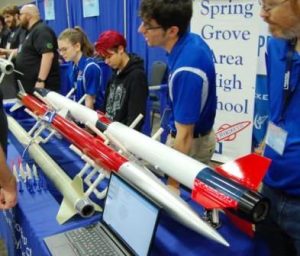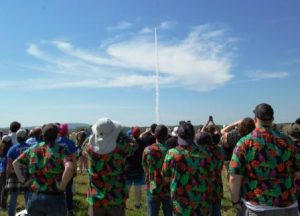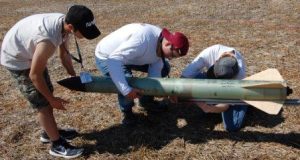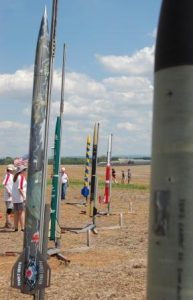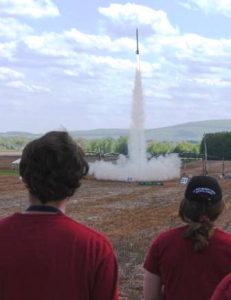For several years the state has consistently delivering a half dozen teams to the TARC finals and this year had another good showing. These teams from Alabama scored in the top hundred ranking nationally and will compete for the 2023 championship at The Plains, Virginia as they vie for $100,000 in prizes and an all-expense paid trip to Paris for the International Finals.
The schools and cities are:
Bob Jones High School Madison
Hackleburg High School Hackleburg
Haleyville City Schools Haleyville
Lawrence County High School Moulton
St. John Paul II Catholic High School Team 1 Huntsville
St. John Paul II Catholic High School Team 2 Huntsville
Tharptown High School Russellville
West Morgan High School Trinity
Winfield City High School Winfield
The Huntsville/Madison area fielded eight TARC teams this season. HARA is particularly proud of the three teams – The Falcon Rocketeers and Noah’s TARC (both from John Paul II Catholic High School) and the team from Bob Jones High School that scored well enough (20-30 points) to place among the top 100 teams in the country.
HARA would like to salute the other Huntsville area teams for their efforts in building and flying this year:
Girl Scouts of North Alabama (2 teams)
St. John Paul II C.H.S. (3rd team)
Huntsville School of Cyber Technology and Engineering (2 teams)
Scenes of team’s launches are shown here.
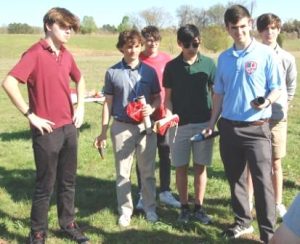
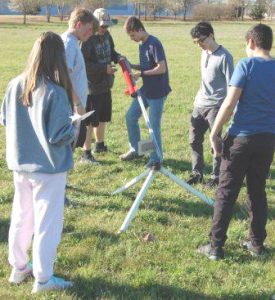
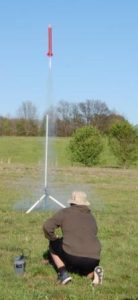
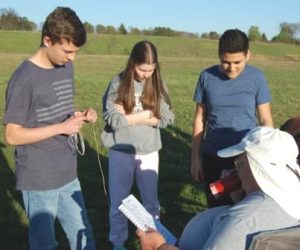
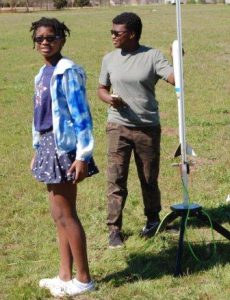
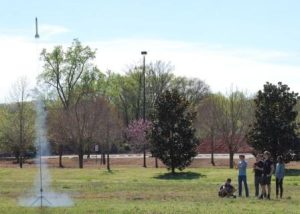

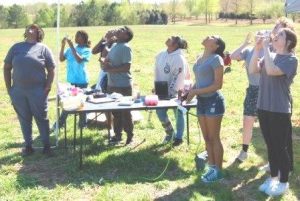
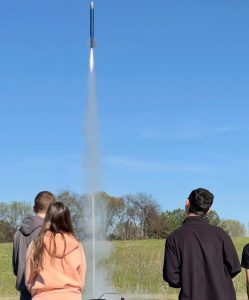
The state had a total of 38 teams for 2023. Thanks to the rest of these Alabama schools for registering and participating in TARC.
Alabaster Thompson High School (2 teams)
Bear Creek Phillips Engineering
Cullman Area Technology Academy
Florence Central High School
Florence Rogers High School
Girl Scouts of Central Alabama (2 teams)
Haleyville City Schools
Lincoln High School
Mobile School of Mathematics and Science
Muscle Shoals City Schools (2 teams)
Phil Campbell High School
Russellville High Schools (2 teams)
Tharptown High School
Sylvania High School
Trinity West Morgan High School (2 teams)
Trussville High School (2 teams)
Wetumpka High School



